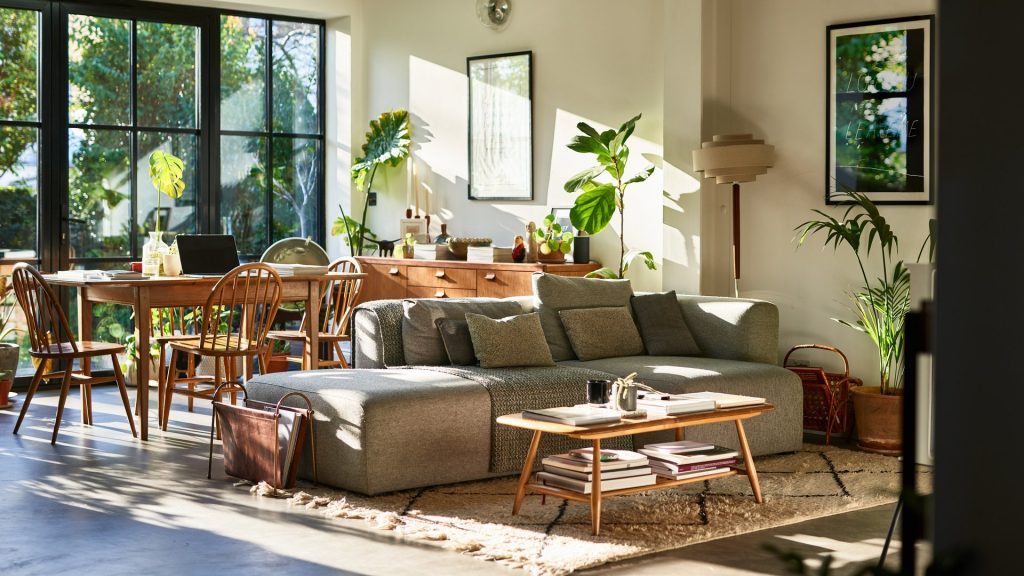Rising furniture costs making homebuying more expensive

Buying a home isn’t just about the sticker price. There are hidden and ongoing costs that affect your budget, including closing costs, insurance, taxes and maintenance. One more cost to consider: increasing furniture prices.
Rising furniture prices
Bedroom furniture — like beds, dressers, nightstands and more — has become 11% more expensive since February 2020, NPR reported. Living room, kitchen and dining room furniture increased 25% over the same period.
Furnishing costs vary depending on house size and furniture quality. Most average homes fall in the $10,000 to $30,000 range, according to a March 2025 blog post by The Summer Team. Small, simple homes cost around $5,000 to furnish, while large, luxury homes can cost $100,000 or more.
“The cost to furnish a house depends on the size, number of rooms, quality of furniture, decorations, professional help, amenities, and the intended use, with options ranging from basic to luxury,” the blog noted.
During the pandemic, furniture costs spiked because people bought home office desks and patio furniture while working from home. Shipping costs also increased. Despite higher costs, furniture prices have grown more slowly than general inflation, according to NPR.
Factors affecting furniture prices
Because labor and environmental costs are high in the U.S., many furniture components are imported, even if the final product is assembled domestically. Imported components are often cheaper, and U.S. sellers must keep prices low to compete. Even in furniture hubs like Mississippi and North Carolina, it’s cheaper to import parts than make everything domestically, NPR reported.
Tariffs on imported furniture further increase costs for companies, which leads to higher prices for consumers. Companies like Ashley Furniture raised prices on most products because of tariffs. The Home Furnishings Association said these tariffs add up, increasing costs for both retailers and shoppers.
Furniture stores also compete with second-hand furniture, travel, home repairs and other budget priorities. Higher costs for imported furniture could make U.S.-made furniture more appealing because it’s less affected by tariffs or shipping costs, but it’s uncertain whether buyers will choose it.
Shoppers feeling the strain
Rising expenses for essentials such as health insurance, car insurance and groceries leave less money for non-essential items like furniture.
“Every time we’re having company over, I look at that furniture and I’m going, ‘I really need to replace that,'” shopper Erin Cummins told NPR. “I have priced it out a bit, but every time I do, I get sticker shock and walk away.”
The post Rising furniture costs making homebuying more expensive appeared first on Straight Arrow News.





